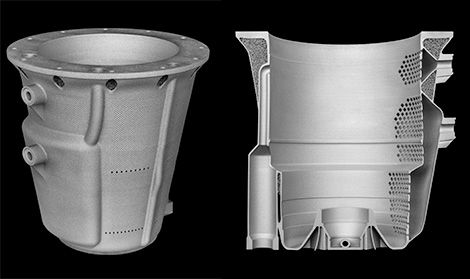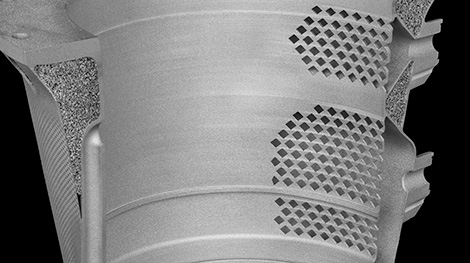
Safran Electrical & Power has been working hard on improving its design for an electrical generator housing by exploiting the technical advantages of 3D printing.
The company, which designs and produces electrical systems for commercial and military aircraft, has been keen to improve its design knowledge coupled with an increasing number of customers requesting parts to be made by Additive Manufacturing (AM).
By working with 3D printing specialists Betatype, the design was reconfigured to focus on improving its strength, stiffness and a reduction in overall weight using the benefits of Betatypes in-house developed lattice generation software.

The proof of concept uses an ultra-high density lattice as part of a sandwich structure with over 10 million elements — a first for Safran as part of a case study and something it is keen to pursue with other housings and components.
Betatype CEO Sarat Babu, explained: “We knew creating a more complex, higher density lattice structure was the key to achieving what Safran was looking for in the part.
“Applying our technology and multi-scale approach we were able to control the scan path and exposure settings down to each element of the sandwich structure’s design.
“By pushing the AM process of laser powder bed fusion well beyond its standard processes, we created the ultra-high density lattice structure required.”
The design was further optimised for AM, unifying the design from several complex machined components into one part and reducing the manufacturing time — adding value and saving costs.






